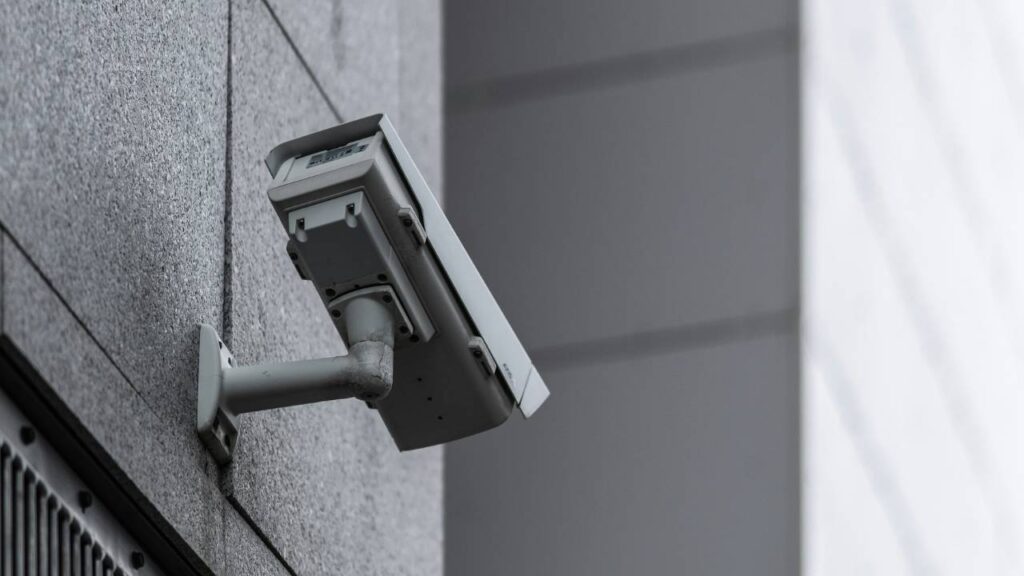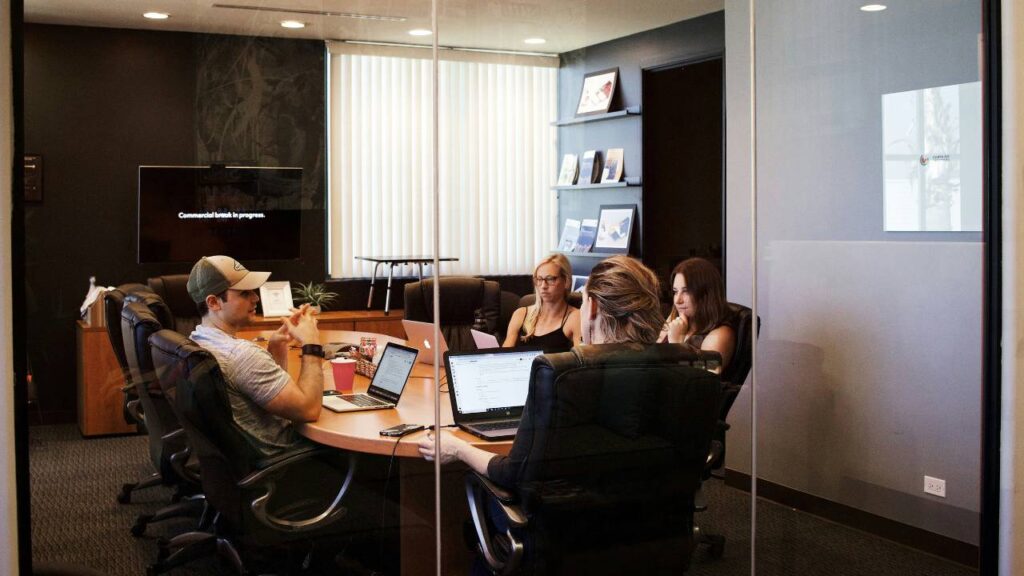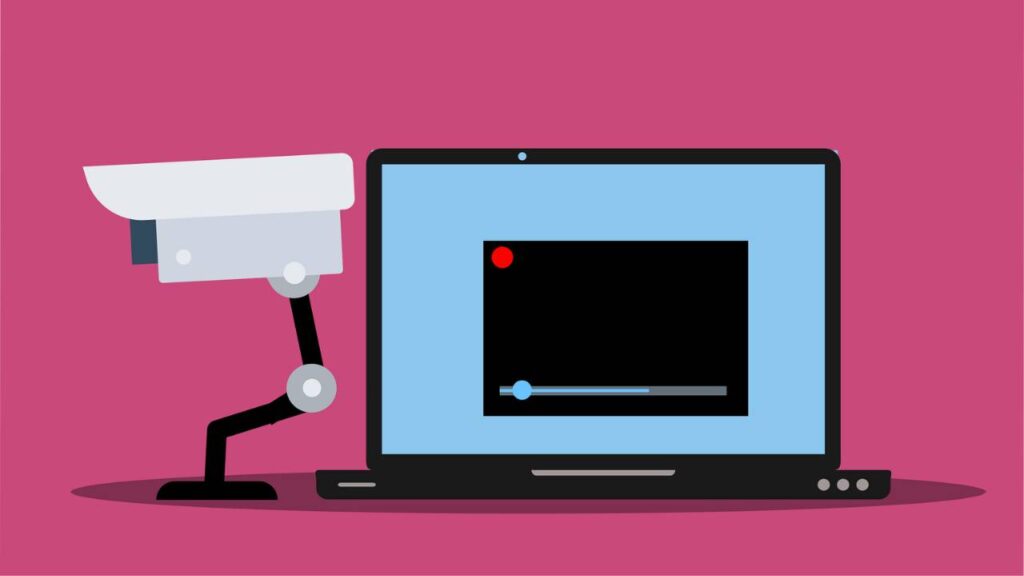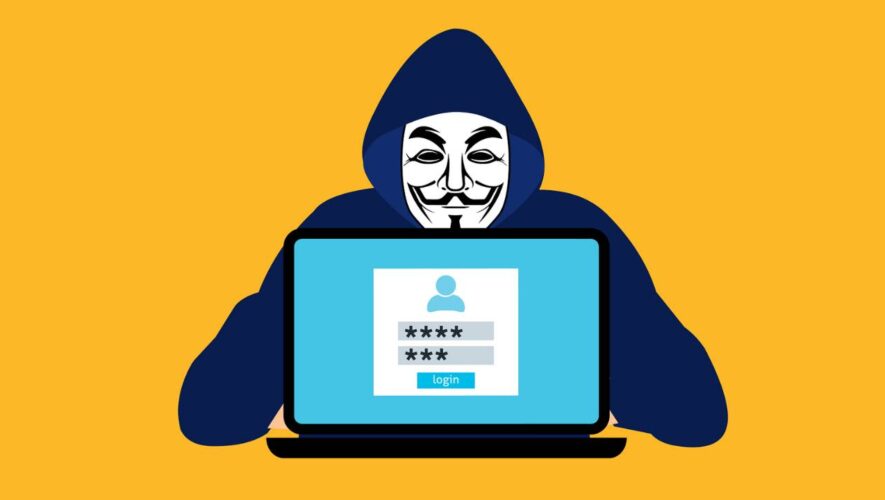The challenges of corporate security in the modern era are more complex than ever. Businesses are constantly facing threats ranging from cyber attacks to physical breaches, necessitating a robust approach to safeguarding their assets. Investing in the right security technologies is crucial for any business owner aiming to protect their company effectively. By utilising the latest advancements in security systems, companies can mitigate risks and ensure the safety of both data and physical properties.
Navigating the myriad of available security technologies can be daunting. Business owners need to understand the capabilities of various solutions such as surveillance systems, biometric authentication, and cybersecurity software. Selecting the appropriate security measures tailored to a company’s specific needs is vital for maintaining overall security and business continuity. By doing so, businesses can not only prevent unauthorised access but also ensure compliance with legal regulations and industry standards.
The rapid pace of technological advancement means that security solutions are constantly evolving. Keeping abreast of the latest innovations allows business owners to stay ahead of potential threats, thereby safeguarding their enterprises against emerging risks. From advanced camera systems to cutting-edge encryption methods, a well-informed approach to security technologies can significantly enhance a business’s protection strategy. Engaging with these strategies ensures the resilience and longevity of any business in an increasingly unpredictable world.
Understanding Business Security Threats
Security threats to businesses are diverse, ranging from internal to external risks, cyber threats, and compliance issues. Business owners need to be aware of various vulnerabilities to protect their assets and reputation effectively. This involves understanding the complexities of internal dynamics as well as external pressures from the digital landscape.
Internal and External Security Risks
Businesses face security threats both from within and outside their organisation. Internally, risks can stem from employee negligence, theft, or sabotage. Externally, they may encounter physical threats like break-ins or vandalism. To mitigate these risks, businesses often install surveillance systems and use access control mechanisms. Recognising and managing these risks efficiently is essential to maintain the integrity and smooth operation of the enterprise.
Employee training plays a significant role in reducing internal risks. Ensuring that staff understand security protocols can significantly reduce the chances of accidental breaches. Externally, businesses also need to be aware of industry-specific threats that could target their operations, such as corporate espionage or supply chain disruptions.
Cyber Threats and Data Breaches
The digital era has intensified the threat of cyber attacks and data breaches. Businesses must guard against malware, phishing, and hacking attempts. Implementing robust firewall protections, antivirus software, and regular system updates is crucial. A proactive approach to cyber defence can prevent potential financial loss and damage to reputation.
Training staff on recognising phishing attempts and ensuring secure password practices is vital. Data breaches frequently result from weak passwords or lax security measures, making it imperative for organisations to enforce strict cybersecurity policies.
Compliance and Insider Threats
Compliance with industry regulations is a critical component in safeguarding businesses against security threats. Entities that fail to comply can face severe penalties and reputational damage. Insider threats, including employees misusing access or leaking sensitive information, also pose significant risks.
Implementing data access controls and conducting regular audits can address these challenges. Businesses should have clear policies regarding data usage and protection. Identifying deviations from standard practices can help detect insider threats early, reducing potential harm to the organisation. Maintaining transparency and strict adherence to compliance measures enhances both security and trust.
Laying the Foundations of Physical Security

Effective physical security is critical for protecting assets and personnel in a business environment. This includes implementing robust building security measures, advanced video surveillance systems, and efficient access control solutions.
Building Security Essentials
Building security is the cornerstone of any physical security strategy. It focuses on protecting the premises from unauthorised access and potential threats. Essential measures include installing robust locks on doors and windows, reinforcing entrances with security doors, and utilising security personnel when necessary.
Alarm systems are vital in alerting authorities to break-in attempts and can be integrated with other security measures for enhanced protection. Furthermore, regular security audits should be conducted to identify vulnerabilities in the building’s security infrastructure.
Lighting plays a crucial role in deterring criminal activity. Well-lit exteriors reduce the risk of unauthorised entry, while motion-sensor lights can alert nearby security personnel or deter would-be intruders.
Video Surveillance Systems
Video surveillance systems greatly enhance physical security by providing real-time monitoring and recording capabilities. Closed-circuit television (CCTV) is a popular choice for its ability to cover large areas and record events both inside and outside the building.
When picking the best CCTV system for your business, consider factors such as the area to be monitored, the quality of resolution needed, and budget constraints. Modern systems offer digital and networked solutions, which allow for remote monitoring and easier retrieval of video footage.
Placement of cameras should be strategic to maximise coverage, focusing on entry points and high-traffic areas. Additionally, engaging a professional installer ensures optimal camera positioning and system functionality.
Access Control Systems
Access control systems are essential for regulating who can enter different areas of the building. These systems range from simple lock-and-key setups to more sophisticated electronic solutions, such as swipe cards, PIN pads, or biometric scanners. Fortunately, there are a lot of companies – like MJ Flood Security – that offer comprehensive access control systems that can be tailored to specific business needs, ensuring that sensitive areas remain secure.
Implementing an access control system provides a detailed log of entry and exit activity, which is invaluable for security audits. It’s crucial to regularly update access permissions and conduct training sessions to ensure employees understand the importance of these systems.
Integrating access control with other security measures, like video surveillance, provides a more comprehensive security solution, safeguarding the premises from unauthorised access.
Key Security Technologies for Protection
Business owners are increasingly reliant on robust security technologies to safeguard assets and data. Critical systems such as intrusion detection, alarm and monitoring systems, along with firewalls, play vital roles in both physical and digital protection.
Intrusion Detection Systems
Intrusion Detection Systems (IDS) are essential in identifying unauthorised access attempts within a network. These systems monitor network traffic for suspicious activity and alert administrators when potential threats are detected. IDS can be network-based or host-based, depending on the monitoring approach.
Network-based IDS examines data packets travelling across the entire network, while host-based IDS focuses on individual devices. Configuring IDS to recognise legitimate traffic patterns and flag anomalies helps mitigate false positives.
Choosing an IDS involves assessing the specific security needs of the business and ensuring that it integrates well with existing network infrastructure. Proper calibration and regular updates are crucial to maintaining its effectiveness.
Alarm and Monitoring Systems
Alarm systems deter threats through detection of unauthorised entry or suspicious activities. These systems typically consist of sensors placed at vulnerable points, such as doors and windows, which activate alarms in case of intrusion.
Monitoring systems complement alarms by offering video surveillance capabilities, allowing real-time monitoring and recording of activities. Integrating these systems with a central monitoring station ensures rapid response to incidents, potentially minimising damage. In addition, advanced alarm systems can be configured to send alerts via SMS or email to notify business owners or security personnel promptly.
Selecting an appropriate alarm and monitoring system requires evaluating the specific protection requirements, such as the size of the facility and the nature of potential threats.
Firewalls and Cybersecurity Measures
Firewalls are pivotal in defending networks from unauthorised access and cyber threats. By establishing a barrier between internal networks and external sources, firewalls filter incoming and outgoing traffic based on predefined security rules.
They come in various types, including hardware, software, and cloud-based solutions. Additionally, combining firewalls with antivirus software, encryption, and multi-factor authentication enhances overall cybersecurity.
Implementing robust cybersecurity measures requires ongoing assessment and updates to ensure resilience against evolving threats. Regular training for employees regarding safe online practices further strengthens the security posture of the business.
Ensuring Employee Safety and Customer Confidence

Securing a business involves not only protecting assets but also ensuring the safety of employees and instilling trust in customers. A robust system must address both these aspects effectively to create a safe and trustworthy environment.
Workplace Safety Protocols
Effective workplace safety protocols are essential for safeguarding employees. Clear guidelines must be established and communicated, covering emergency procedures, personal protective equipment, and maintaining a safe work environment. Regular training sessions keep staff informed and prepared for potential hazards.
An integrated security system with surveillance, access control, and alarm systems can mitigate risks. These technologies help in early detection of threats, thereby preventing incidents before they occur. Companies should also perform regular risk assessments to identify and rectify vulnerabilities in safety protocols.
Proper implementation of these measures not only protects employees but also contributes to a positive work culture.
Boosting Consumer Trust with Security
Consumer trust is crucial for business success and can be achieved by demonstrating a commitment to safety and privacy through transparent security practices. Businesses should communicate how customer data is protected, emphasising compliance with data protection laws. Secure payment systems further reassure customers regarding their financial information.
Visible security measures, i.e., CCTVs and security personnel, can enhance the perception of safety in a retail environment. Customers are likely to feel more secure and confident shopping in places where they see active safety efforts.
By investing in security technologies and practices, businesses can build and maintain strong trust with their customers.
Digital Defences: Cybersecurity Strategies
In the digital age, safeguarding business assets from cyber threats is crucial. Effective strategies include using firewalls and access controls, ensuring regular software updates, and implementing robust data backup and continuity planning. These measures help protect sensitive information and ensure business continuity in the face of potential disruptions.
Understanding Firewalls and Access Controls
Firewalls serve as a barrier that monitors and controls incoming and outgoing network traffic based on predetermined security rules. They play a critical role in blocking unauthorised access to company networks, effectively protecting your business from cyber threats. Access controls, on the other hand, determine who is allowed to view or use resources in a computing environment.
By implementing access controls, businesses can ensure that only authorised employees have access to sensitive data. Role-based access control (RBAC) is a common strategy, where permissions are assigned based on the employee’s role within the organisation. This helps reduce the risk of internal data breaches. Establishing stringent firewall configurations and comprehensive access control rules promotes a secure business environment.
Importance of Regular Software Updates
Software updates are crucial for maintaining robust cybersecurity measures. These updates often include patches that fix vulnerabilities and bugs identified in software programs. By regularly updating software, organisations can protect themselves from newly emerging threats that could exploit outdated systems.
Neglecting updates exposes businesses to vulnerabilities that hackers may exploit. Automated update systems can help streamline this process for maximum efficiency. Businesses should schedule regular checks for updates to keep security measures current, ensuring that applications and operating systems are fortified against attacks. This proactive approach significantly enhances the protection of the organisation’s digital infrastructure.
Data Backup and Continuity Planning
Data backup involves creating copies of important files and databases, which can be restored in the event of data loss. Regular backups are essential for ensuring data availability and safeguarding against cyber incidents such as ransomware attacks. Implementing a comprehensive backup strategy involves both on-site and off-site backups to diversify storage solutions.
Continuity planning ensures that a business can maintain operations during and after a cyber incident. This includes developing a recovery plan that outlines the steps to take following a disruption. It is important for businesses to regularly test these plans and update them as needed to reflect new potential threats and changes in the technological landscape. By doing so, they can ensure resilience in the face of unforeseen challenges.
Operational Management and Security Systems

Incorporating security technologies into a business’s operational management can enhance efficiency and safeguard assets. Remote system management and integrated security solutions play a crucial role in achieving these goals.
Remote System Management
Remote system management allows businesses to monitor and control security systems from any location. This capability ensures that businesses can quickly respond to security alerts and maintain constant oversight of their operations. It includes features such as real-time video surveillance, access control, and alarm system notifications accessible through internet-connected devices.
Utilising cloud-based platforms, businesses can aggregate data from various security components into a single interface. This integration enables easier monitoring and decision-making. Moreover, regular software updates can be deployed automatically, improving system functionality and addressing potential vulnerabilities without the need for physical intervention.
Real-time reporting enhances operational efficiency by providing immediate insights into security breaches or system malfunctions. These insights can be accessed via smartphones, tablets, or computers, facilitating rapid response and minimising potential threats. Businesses are, therefore, able to maintain a secure environment while reducing the need for onsite system management.
Integrated Security Solutions for Business
Integrated security solutions involve combining multiple security measures into a cohesive system. This approach provides a comprehensive view of security operations, enabling businesses to detect and respond to threats more effectively. Key components may include surveillance cameras, access control systems, and fire detection systems.
Centralising security components allows for seamless communication between different systems. By enabling synchronisation, businesses can enhance their response capabilities by ensuring that alerts are transmitted promptly to the relevant personnel. Integration also simplifies the management process, reducing operational complexities and improving overall security efficiency.
With integrated security systems, resource allocation becomes more streamlined. Automated alerts and notifications can be directed to specific teams or individuals, allowing for focused attention on critical areas. As a result, businesses can improve their risk management strategies and maintain high security standards without unnecessarily stretching their resources.
Tailoring Security to Business Needs
For a business to remain secure, it is crucial to customise security technologies to fit specific operational requirements. Understanding the unique risks and needs of different industries can help in selecting the most effective surveillance systems and alarm solutions.
Customising Surveillance and Alarm Systems
Surveillance systems need to be customised to address a business’s specific security challenges. Digital video surveillance offers real-time monitoring and remote access, which are vital for businesses with multiple locations. Positioning cameras strategically ensures comprehensive coverage and helps in detecting any unusual activity promptly.
Intrusion and detection alarm systems are equally important. Custom sensors can be installed at entry points that are most vulnerable. Tailoring these systems allows for notifications and alerts that can be adapted to different severity levels, ensuring business owners are immediately informed of potential threats. Integration with mobile devices further enhances response times and facilitates rapid decision-making.
Industry-Specific Security Considerations
Different industries face varied security challenges that necessitate tailored solutions. Retail stores, for instance, may require security measures focused on theft prevention, whereas manufacturing facilities might prioritise safety protocols to protect intellectual property.
Healthcare facilities need systems that ensure patient confidentiality while maintaining safety. Surveillance systems in these settings should have enhanced privacy features. Meanwhile, financial institutions benefit from advanced alarm systems designed to detect tampering and alert authorities swiftly. Each industry can enhance security by aligning technology choices with its specific operational needs and regulatory requirements.
Conclusion
In today’s digital age, security technologies are vital for every business owner. Implementing robust measures can protect a company’s assets and ensure its long-term viability. The rapid advancement of technology offers numerous tools to combat threats.
Choosing the right technologies requires understanding the specific needs of the business. Owners must evaluate their current systems and identify areas needing improvement. By doing so, they can invest wisely in protective measures.
Training employees is also essential. Providing regular security education helps maintain a vigilant workforce. This proactive approach can minimise potential threats and safeguard company data.
For those questioning how to protect a business, attention should be given to both hardware and software solutions. Installing firewalls, using encryption, and maintaining updated software are just some strategies. Regular audits and assessments provide insights into remaining vulnerabilities.
Security technologies are not a one-time investment. Continuous monitoring and adaptation are necessary to address evolving threats. As businesses grow, their security measures must evolve concurrently. This ensures sustained protection against emerging risks.



